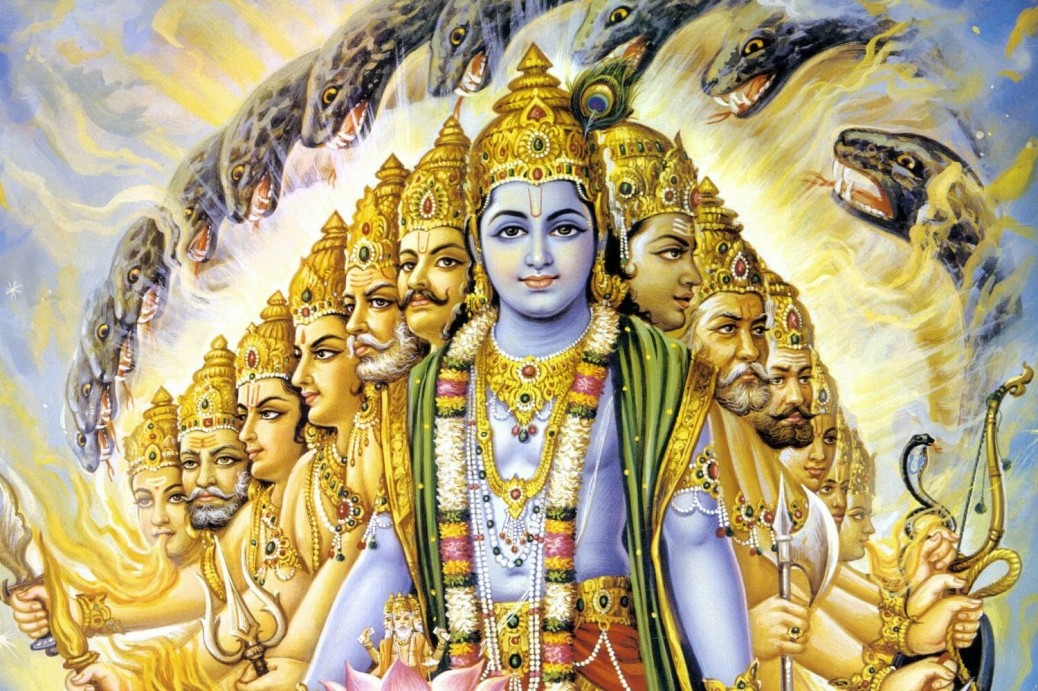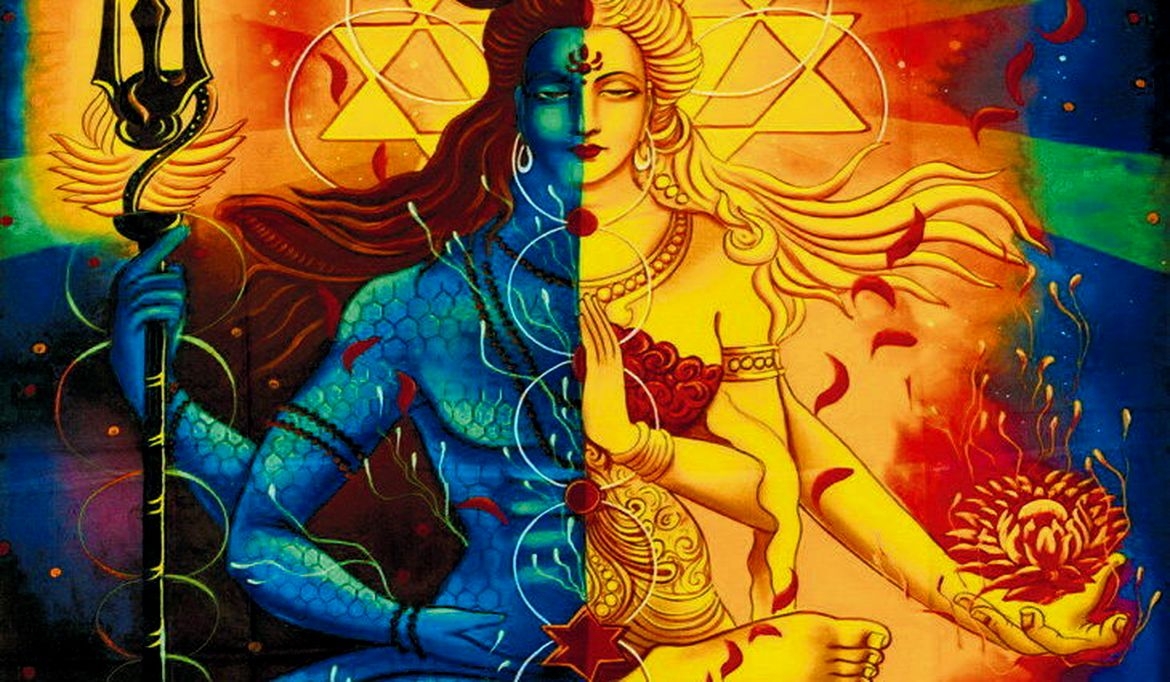Creative Act – In Gita Verse 2.52 When your intelligence has passed out of the dense forest of delusion, you shall become indifferent to all that has been heard and all that is to be heard.
In Bhagavad Gita Verse 2.52, Krishna speaks about the state of being that transcends attachment and leads to true renunciation. The passage sheds light on how attachment clouds our consciousness and leads to confusion, likening it to a darkness that obscures our vision and causes us to stumble in the dark. This darkness of attachment is described as a state where what is not truly ours appears to be ours, and what is genuinely ours seems unfamiliar.
“When the intellect awakens from the darkness of evil, then renunciation results.” This statement suggests that when one’s understanding transcends the ignorance and delusion represented by the metaphorical darkness of evil, renunciation naturally follows. Renunciation here refers to the letting go of attachment to material desires and ego-driven pursuits, leading to a state of spiritual liberation.
“One is the darkness which disappears by lighting lamps.” Here, the imagery of lighting lamps symbolises the dispelling of physical darkness. This kind of darkness is temporary and easily overcome by illumination, indicating worldly or physical challenges that can be addressed through practical solutions rather than deep spiritual introspection.
“What darkness is religion trying to eradicate?” This question prompts reflection on the deeper, spiritual darkness that religion aims to eliminate. This darkness pertains to ignorance, attachment, and the illusion that obscures one’s true nature and connection to the divine. It is the darkness that shrouds the soul and distorts one’s perception of reality.
Krishna refers to this spiritual darkness as “disguised blackness,” highlighting the subtle nature of ignorance that masks itself and hinders one’s spiritual growth. This darkness is not external but resides within one’s consciousness and soul, creating barriers to experiencing profound truths and insights.
The symptoms of this spiritual darkness include a loss of inner clarity, a lack of direction or purpose, and the potential for spiritual collision or misalignment. It represents a state of confusion and distortion that blinds individuals from recognising their true selves and their interconnectedness with all beings.
By shedding light on these profound concepts of darkness and attachment, the passage invites us to delve into the depths of our consciousness, confront our illusions and attachments, and strive towards spiritual awakening and enlightenment. It calls for introspection and a journey towards inner illumination to dispel the darkness that obscures our vision and impedes our spiritual growth and realisation.
The concept of Vairagya goes beyond mere detachment from material possessions. It is portrayed as a state of equanimity where one is neither attracted nor repelled by external stimuli. Vairagya fosters an inner balance where one remains unaffected by the ebb and flow of desires and experiences.
True renunciation is not about rejecting the world or renouncing responsibilities but about achieving a state of non-attachment where one is no longer swayed by the pulls of material possessions or desires. This renunciation is characterised by a deep understanding and acceptance of the transient nature of the material world and a focus on the eternal and unchanging aspect of the self.
By liberating oneself from the chains of attachment, individuals can achieve inner clarity and liberation. This metamorphosis entails a shift in consciousness, transcending the dualistic notions of ownership to grasp the interconnectedness and unity of all. True renunciation involves releasing the ego’s grip on material desires and embracing detachment rooted in a profound understanding of one’s authentic self.
Krishna is conveying Arjuna by drawing a parallel between his suffering and the cycle of transformation from seed to tree and back to seed. Just as the seed and tree face challenges and growth with equanimity, exhibiting indifference to pain, so does a mother endure the hardships of childbirth with composure and acceptance. Embracing this indifference infuses a creative essence into your actions, allowing you to approach the battle as a form of artistic self-expression.
Tags: Creative Act




